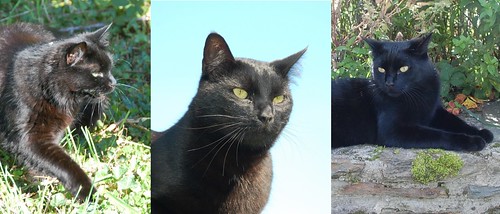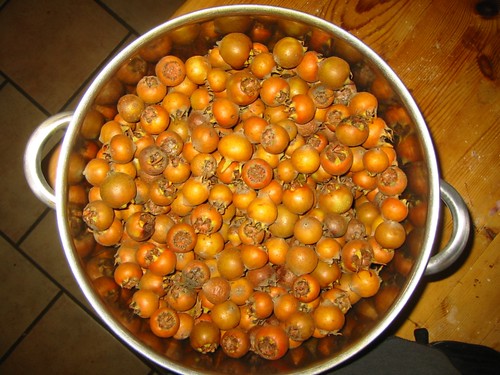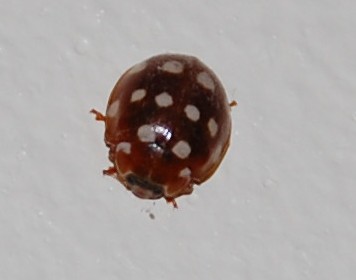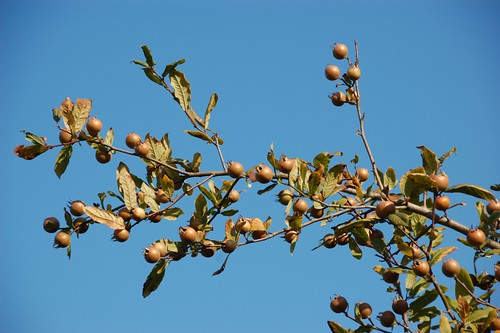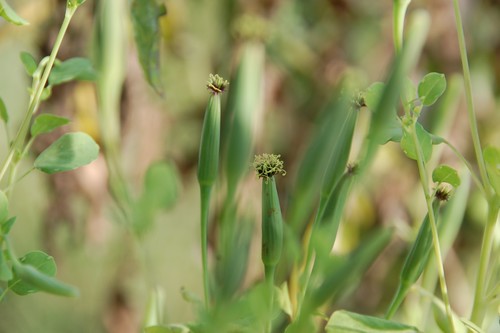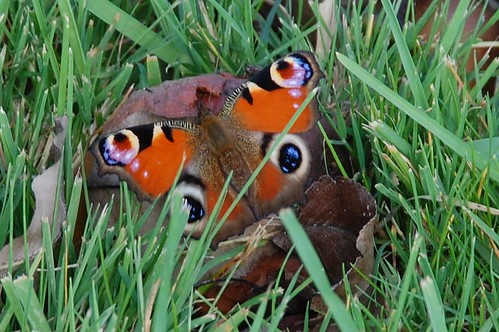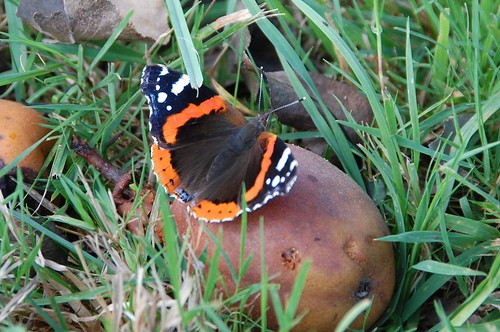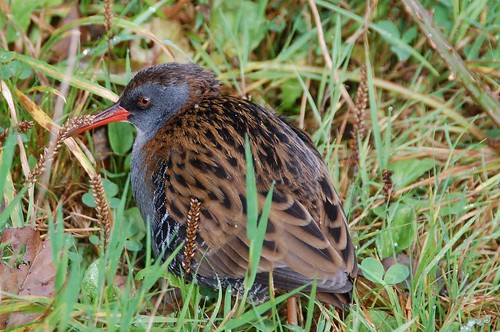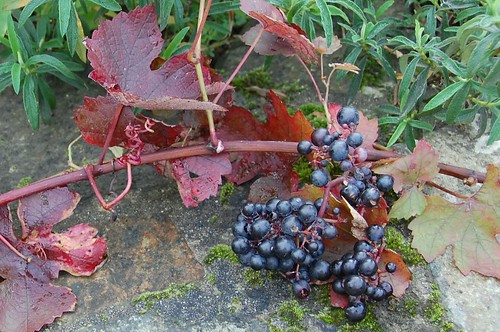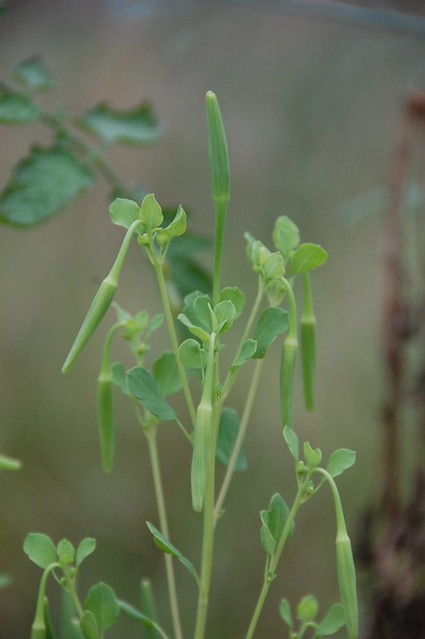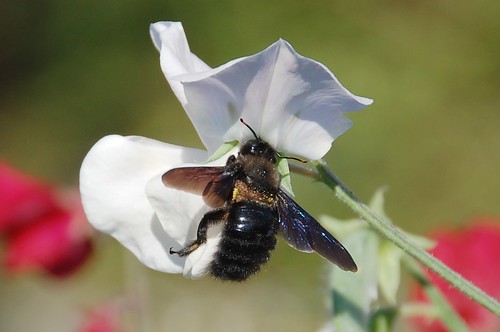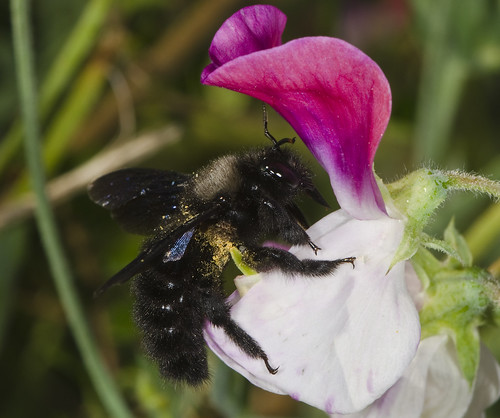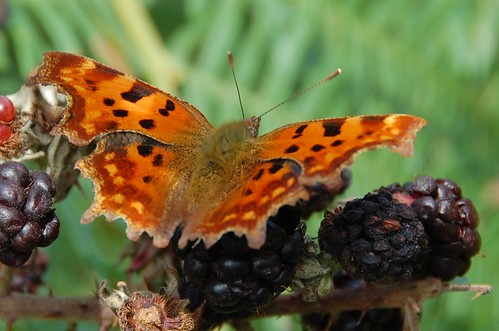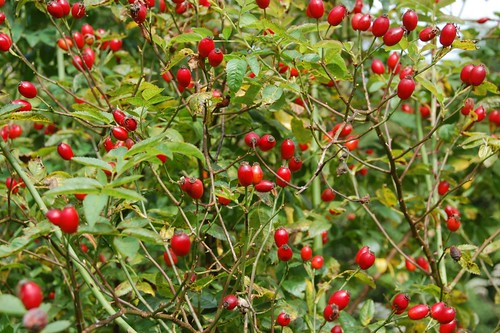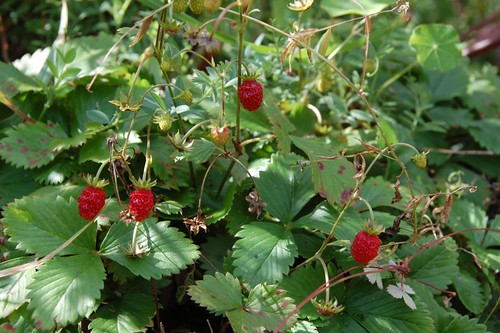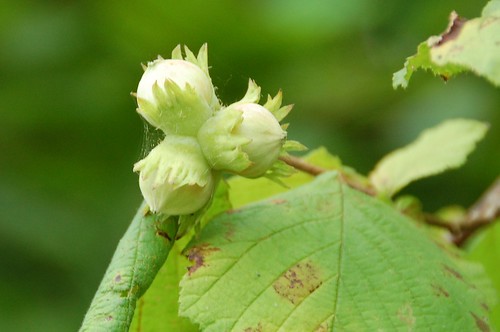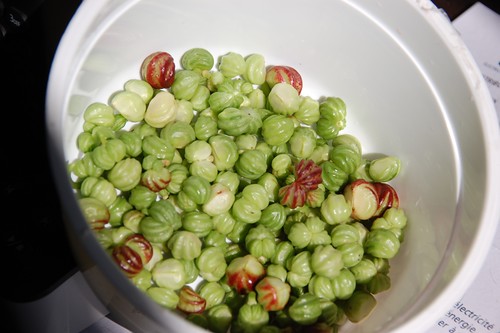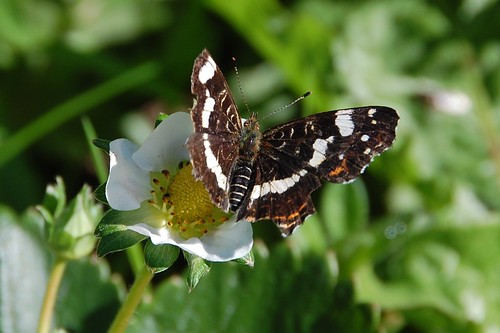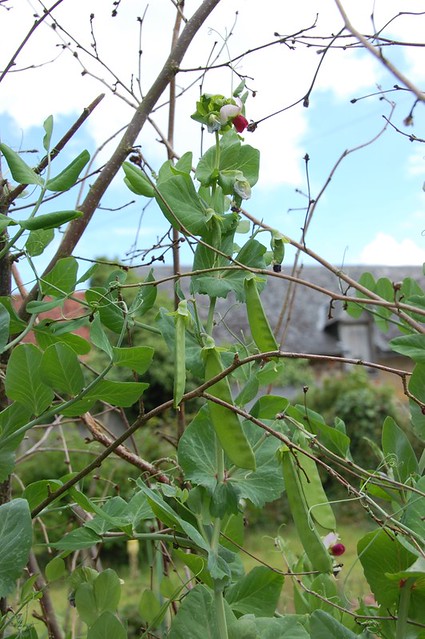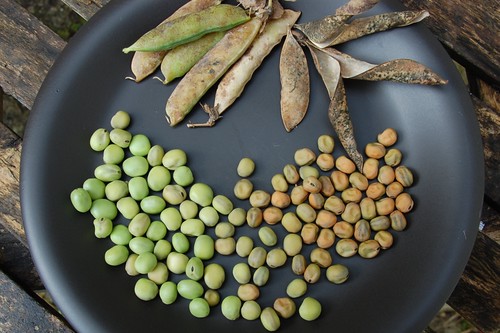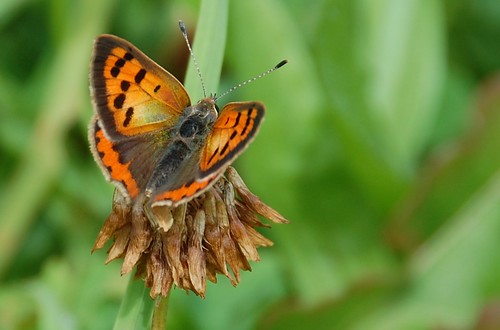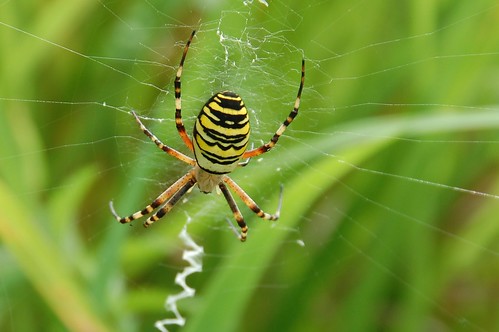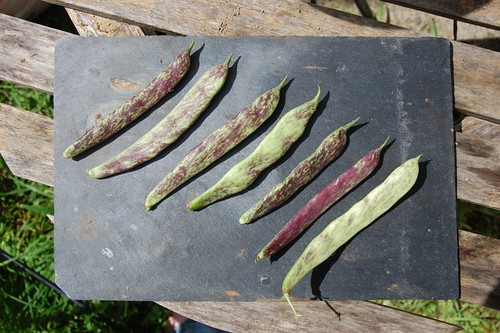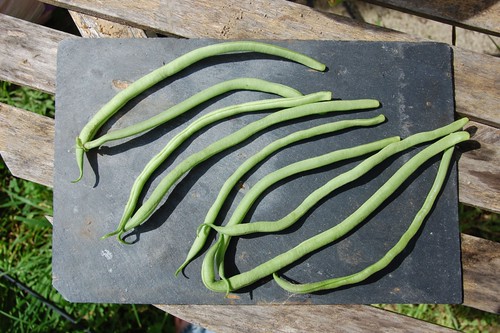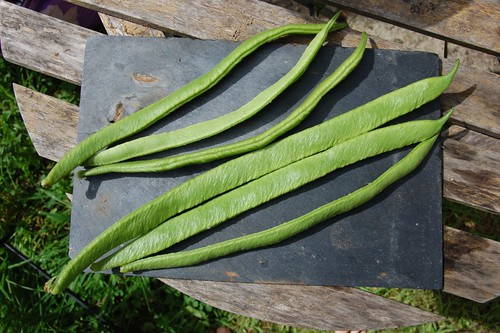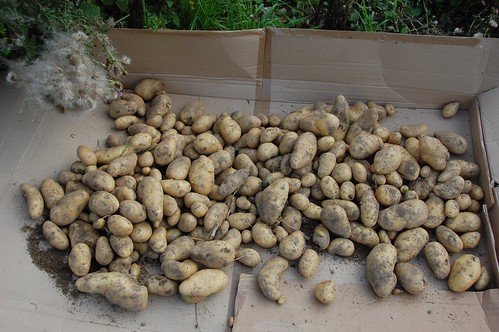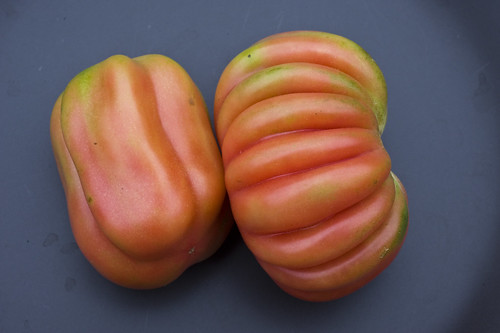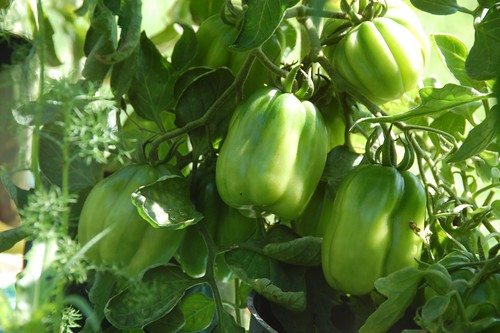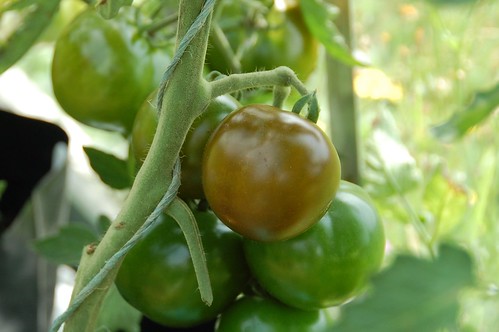
It's a strangely end of term title, indicative that it's all over and the challenge is finished. It's not by any means, of course, but a few days of brilliant late summer followed this morning by the grey skies of a warm autumn fill a person with thoughts of closure. The swallows went home on the 2nd of September, the evenings are noticeably shorter and the blackberries are beginning to turn. The change in seasons has become obvious.
What worked?
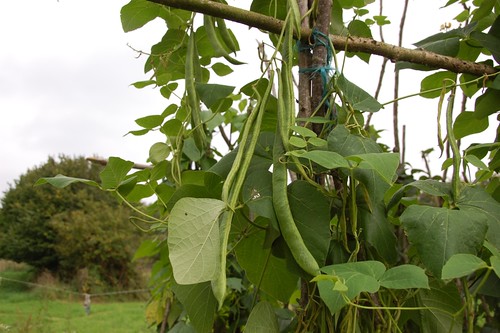
Lots of things actually, but a notable success this year was with the climbing beans which have been profuse and prolific if a little deer bitten. I put this down (although it's only one year's experiment) to the
traditional bean trenches I dug back in the spring. It helped them through the dry start and seems to be feeding them into the autumn. Worth the effort.

The achocha, not because it was a great addition to the vegetable selection; the small fruit are mildly cucumbery in salads and the large ones only fit for curry, but because of its exuberance and attractiveness as a climber and food plant for insects. We found all sorts of lovely little creatures to photograph and have plans to use it as a green screen around the outdoor dining area next year. It was also the first and only place we've ever spotted a Brown Hairstreak butterfly around here but I think that was just resting on its way past to more appropriate shrubs.

The Sarpo Mira. When the blight finally came for the potatoes about three weeks ago now every plant on the plot was wiped out, practically overnight, except for the Sarpos. We knew they were good but in other years I've usually sprayed all the plants together and so the differentiation has not been so clear. I didn't spray any Bordeaux mixture at all this year.
I will still say, loud and clear, that I'm not convinced the Sarpos are the solution to all troubles. I've had plants of them that have succumbed to blight when they were the only variety growing and the eating qualities of the potato are only so-so but, as we did this year, it's worth having a row as insurance.
The potatoes in the background of the picture are the last few Pink Fir Apple as I dug them. We have lost quite a lot of crop to tuber blight this year and may lose more in storage. Not spraying at all was a mistake but we so nearly got away with it I know I'll be tempted to avoid the poison again next year...
What didn't?
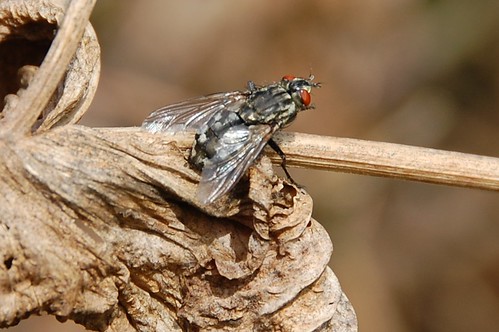
No pictures for this section, it's just all too too gruesome.
What didn't work can best be summarised by calling it anti-companion planting. I'm not a proponent of companion planting, at best it's common sense of grouping plants with similar needs together and at worst it's close enough to crystal worship to give me the willies but there were definitely some combinations of plants on the plot this year that didn't work well.
The ridge cucumbers were planted next to a row of volunteer oca. All the cucurbits suffered from mildew a bit in the dry this year but the cucumbers were devastated by disease. I had six small fruit from the entire planting early in the season and that was that. Was it the oca? I'm not sure but I suspect it was, their fleshy shade and acid dew was quite inappropriate for the preferences of the cukes.
I thought it would be amusing to plant tall sunflowers between the trailing stems of the pumpkins but although this is similar is concept to the three sisters planting system the pumpkins suffered in the fight for moisture. Yield is a long way down on normal expectations and the plants are weedy and struggling.
It was suggested that garlic and strawberries were a good combination, by chance I had them in close proximity this year but saw no benefit to either plant, unless the harvesting of the garlic allowed the the slugs to enjoy the fruit more comfortably but I think that was a change in the weather rather than anything to do with allium smell.
And direct planting of sweetcorn failed. I like wherever possible to direct sow because it saves resources and energy, potting compost, protection etc but sweet corn in this climate needs that extra boost at the start. Something to remember for next year.

